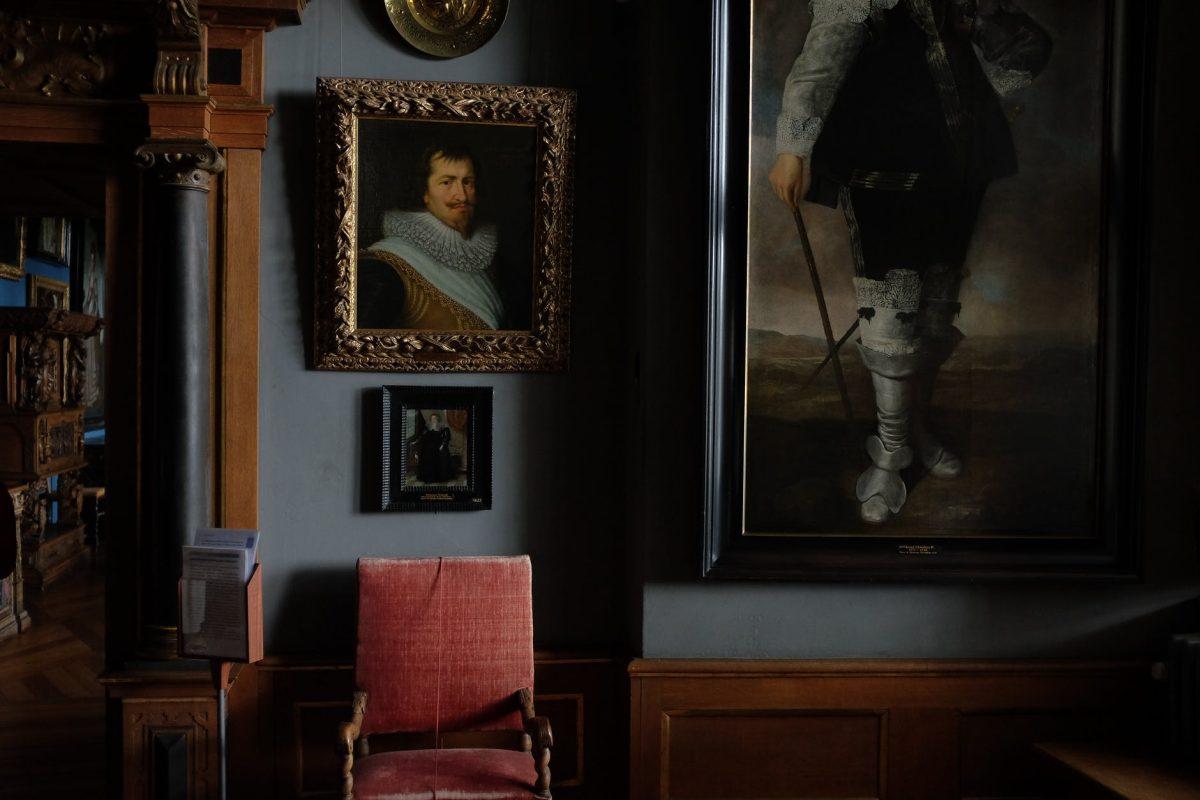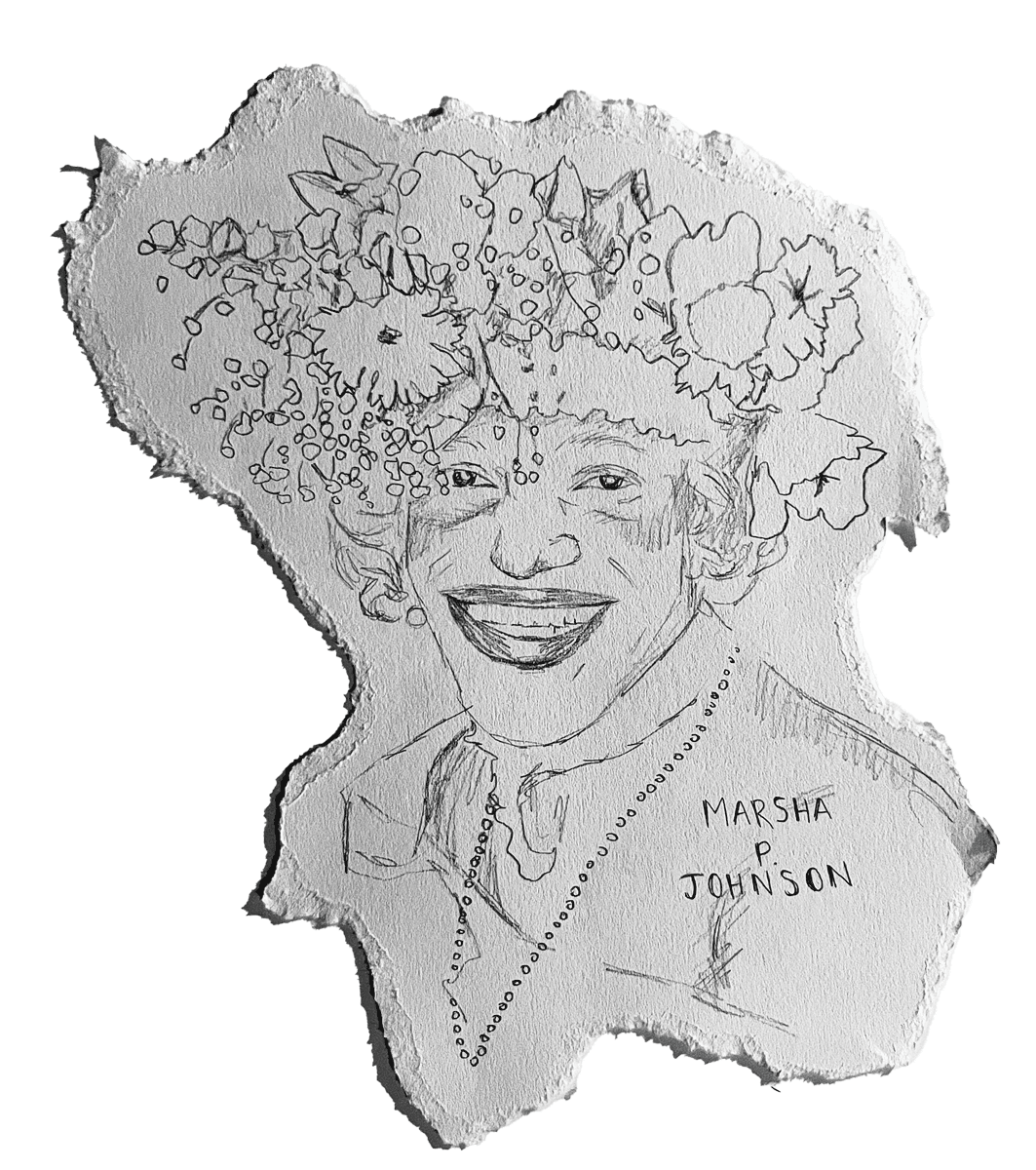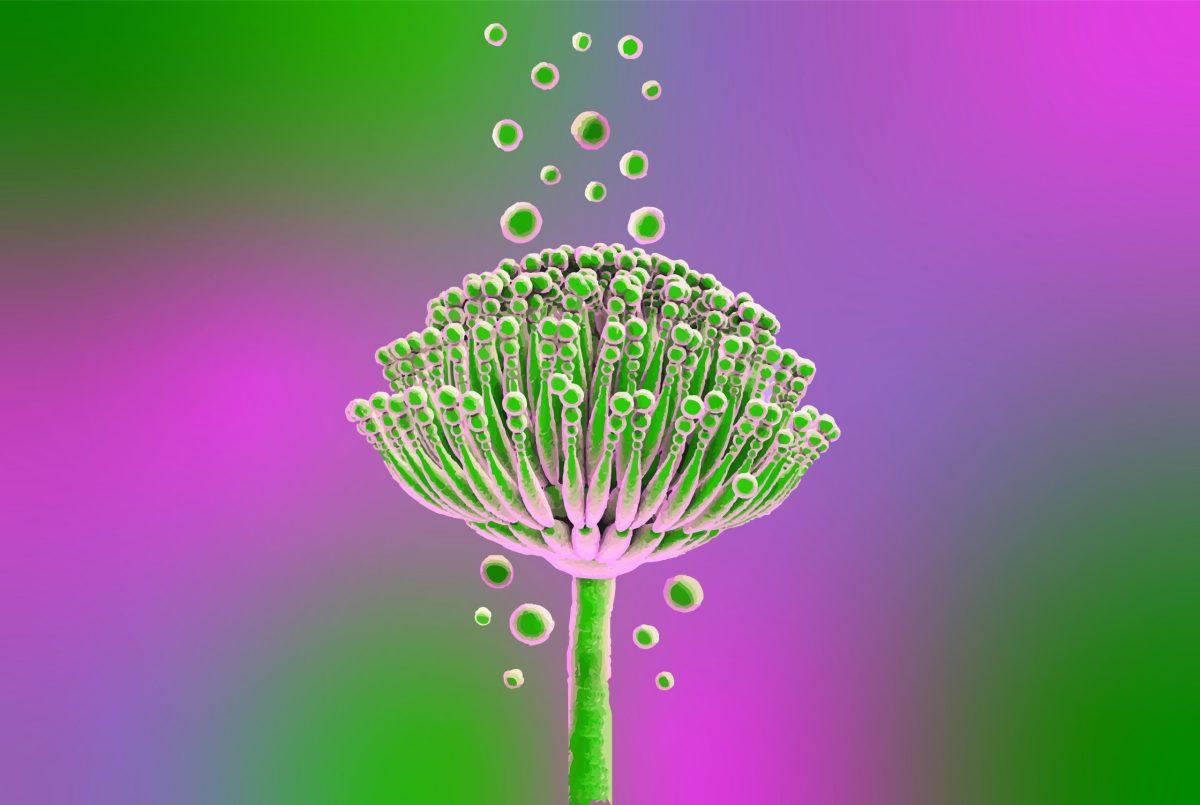Originating in Central Asia, the use of cannabis sativa hemp spread across into China around 2800 BC. Later, around 10,000 BC an artist in Neolithic Japan created what is thought to be the earliest visual depiction of cannabis in a cave near what is now Kyushu. The painting shows the leaf motif common in many cannabis inspired artworks, and also appears to show smoke, an animal, and a person. During this time, hemp seeds were used as a food source, fiber material, and smoked in Asia. Over thousands of years many cultures would use and alter the cannabis plant, leading to its use in many rituals and artworks, and a higher concentration of THC. Even language was impacted by the cannabis plant’s iconic leaf design. The Chinese character Má (麻), which is the character used for hemp, is thought to be two cannabis plants underneath a shelter. Thousands of years later, in 1800, East Asian art like ‘Lovers’ by Choki still showed the culture’s developed relationship with the cannabis plant.
As the cannabis plant traveled to the West through India and the Middle East, smoking cannabis became a ritualistic fashion. The Greek father of history, Herodotus, wrote about how Scythians in 440 BC would throw hemp on hot stones and breathe in the vapor and rejoice. This method of smoking cannabis could very well be the inspiration behind “getting stoned.” The style of ingesting cannabis by placing the plant on hot stones is thought to have originated in China, where cannabis was ingested using brazier’s and stones at funerals. Chinese researcher Yimin Yang believes that this practice was done in hopes of communicating “with nature, spirits, or deceased people.” These ceremonies usually included music and dancing, which could be the origin of the relationship between music and cannabis.
There are even visual renderings of cannabis gods and goddesses, which were seen in Egyptian, East Asia, India, and several other indigenous cultures around the globe. Most commonly, Mother Earth is shown as the patron goddess of Earth and everything green, cannabis included, which is why many modern cannabis-inspired works incorporate her image. In Egypt the goddess Seshat is the patron of writing, creativity, scripture, and mathematics. It is believed that she originated written language, and that she harnessed some power from the cannabis plant. Seshat is usually depicted with a cannabis leaf above her head. In China during the Song Dynasty, the goddess Magu is known as the Immortal Hemp Maiden. Ma Ku, a Taoist goddess whose immortality is said to be the cause of her knowledge and use of superior medicines like the Elixir of Life. In her folkloric stories, Ma Ku is said to have invited Taoist philosophers to smoke some herb, as well as eat foods from the heavens. In India, the god Shiva is known as the originator and lord of bhang, a cannabis based paste that was used throughout the country in 1000 BC.
As cannabis traveled to Europe, during Medieval times, the Renaissance, and Enlightenment periods lead to an influx in botany-based artworks. These were commonly works produced by monks studying plants and are more scientific in nature. Much like diagrams in textbooks, these artists would rely on the illustrations to further their understanding of the world. They would spend a long time illustrating things like the growing stages of the plant, the plant’s natural environment, and other organisms that may co-habituate with the plant.
During marijuana prohibition, there were many anti-cannabis propaganda works made, such as ‘Reefer Madness.’ These posters and works were meant to highlight negative stereotypes surrounding the substance and those who use it. Art made in, or inspired from, the 1960s is what most people have seen of cannabis art. It usually uses bright colors and is said to be influenced by other hallucinogenic substances such as magic mushrooms and LSD. One interesting artistic niche during this time was the alternative comix movement. This is when publications like Zap Comix by Robert Crumb would expand the comics medium to extend to more adult topics like sex, drinking, and drugs; like cannabis. There are many subtle and clear-cut references to cannabis use in alternative comics, like in Robert Crumb’s comix strip titled ‘Stoned Again.’ Rick Griffin, the illustrator behind ‘A Puff of Kief’ was also a part of the alternative underground comix movement of the 1960s.
In modern times, as legalization support is growing and with the increased connectivity of the internet, there is more cannabis-inspired artwork than ever before. Many ceramic and glass artists have taken to making intricate delivery systems for cannabis, and several illustrators have made cannabis art and merchandise. However, social media apps like Instagram and Facebook have been known to ‘shadow ban’ or penalize these cannabis artist accounts. Censorship in cannabis-inspired art is not new, and has been happening for hundreds of years, but that doesn’t make it any less harmful to cannabis artists and it won’t erase the rich ancient history humans have with cannabis.
Sources:
https://www.vice.com/en/article/78yvgz/a-visual-history-of-the-pot-leaf-weedweek2017
https://www.leafbuyer.com/blog/cannabis-art/
https://hightimes.com/culture/internet-marijuana-censorship/
http://plantillustrations.org/volume.php?id_volume=6863
http://www.japanhemp.org/en/ukiyoe.htm
https://www.britannica.com/plant/hemp
https://www.northernstandard.com/a-brief-history-of-cannabis-in-art/







